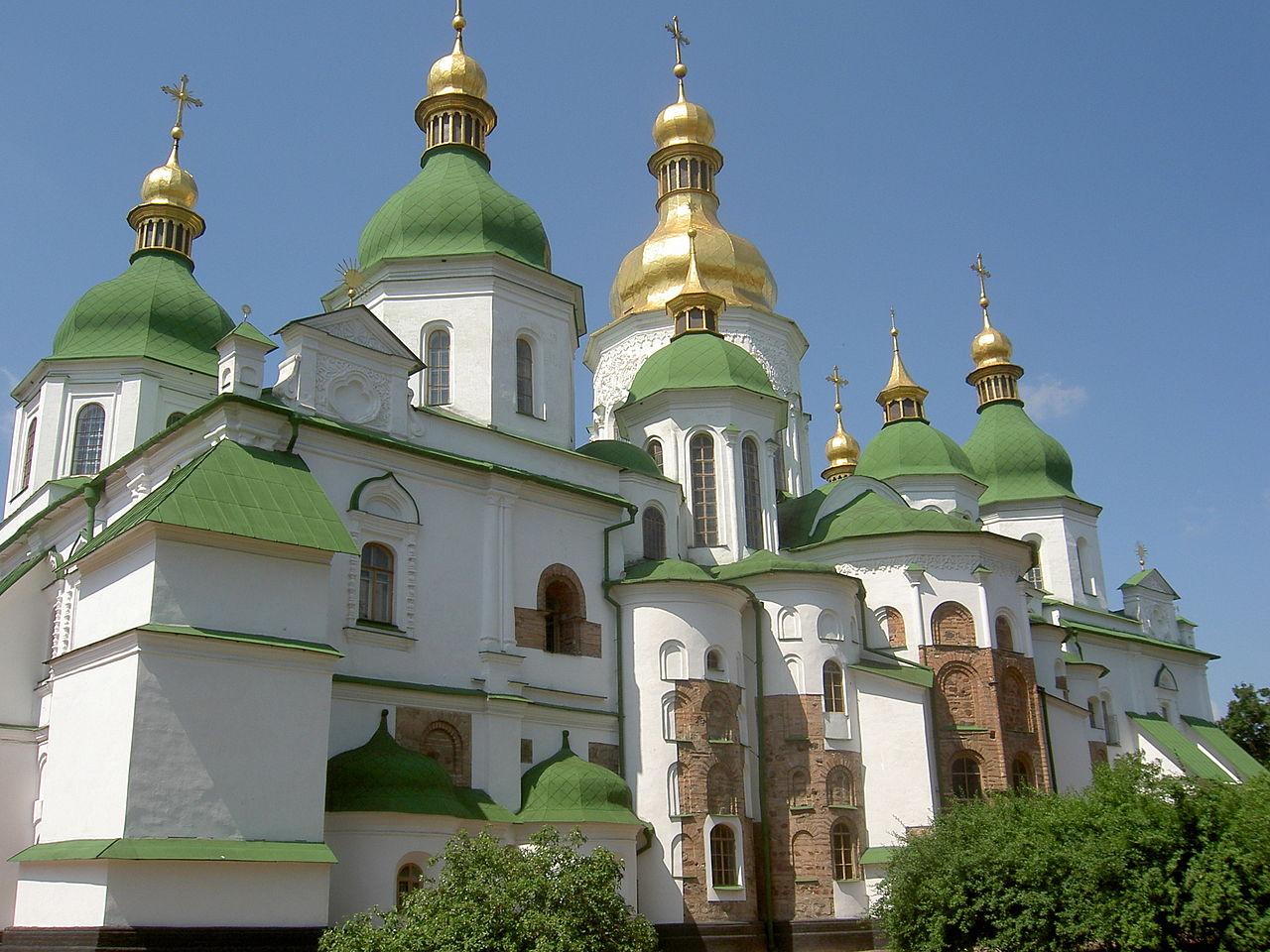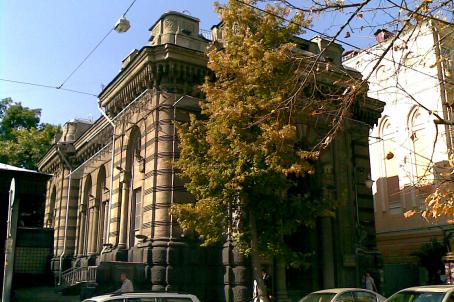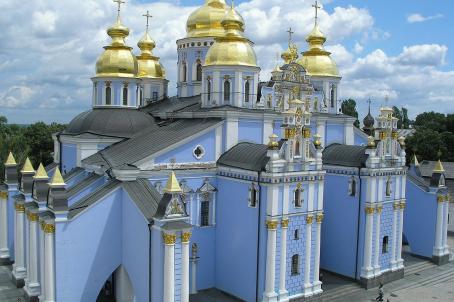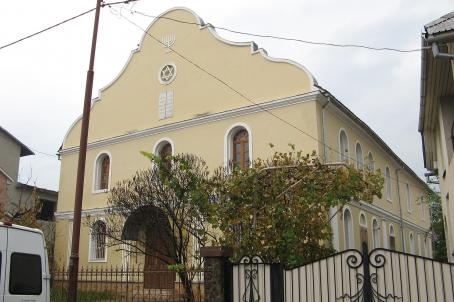Saint Sophia's Cathedral
St Sophia's Cathedral, named after St Sophia's Cathedral in Constantinople, was built in 1037 by the Kievan Prince Yaroslav the Wise (978-1054) as a burial place for Kievan rulers. The cathedral was first sacked in 1169 by Andrey Bogolyubsky of the Vladimir-Suzdal principality, and in 1240 by the Mongols, who made it fall into disuse. After the Union of Brest (1595-1596), St. Sophia Cathedral was annexed to the Ukrainian Greek Catholic Church until it was recovered by the Ukrainian Orthodox Metropolitan Peter Mogila in 1633. Mogila commissioned repairs and the upper part of the building was almost completely rebuilt, in the Ukrainian Baroque style, retaining the Byzantine interior. At the end of the reconstruction, in 1740, the cathedral took on its present appearance. The building has been a UNESCO World Heritage Site since 1990.






